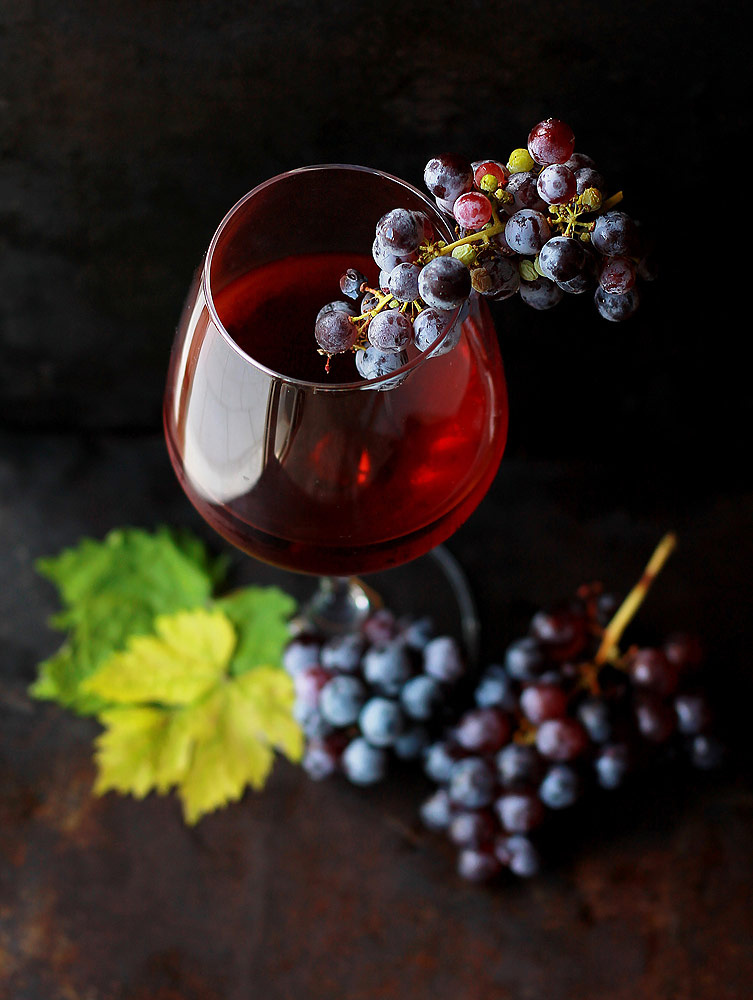The Great Frost of 2021
It took just three days, from the evening of 5 April until the morning of the 8th, for a blast of Arctic air to plunge temperatures to unseasonal sub-zero levels, freezing vines and fruit trees across France (even reaching Tuscany in Italy) in one of the worst episodes of its kind on record. Certainly much worse than the damaging frosts of 2017.
“It’s a national phenomenon,” said Jérôme Despey, secretary general of the FNSEA farming union and a winemaker from the southern Hérault region. “You can go back in history, there have been [freezing] episodes in 1991,1997, 2003, but in my opinion this goes beyond all of them.”
That the frosts have done so much damage is down to two factors: firstly, the warm mid-March temperatures, as high as 26° C, caused the buds to open well before the normal time, exposing young shoots that had not had time to harden off, leading to a so-called ‘black frost’ where the foliage takes on a burnt appearance; secondly, the cold was so severe (between -5 and -7° C in most places, with -9° C recorded in the southern Rhône) that the frost hit not only the valley floors and lower slopes but the upper slopes as well. Moreover, the effect was greatly exacerbated by the wind falling off during the night of 7/8 April.
The extent of the frost is extraordinary: almost every wine-producing area in France has been hit, with 80 per cent of vineyards affected in some way, from the Val-de-Loire to Provence, from Beaujolais to Corsica, from the Rhône Valley to Languedoc, and in the famed red wine regions of Bordeaux and Burgundy. Only Alsace and large parts of Champagne and the Cognac region, where buds had not yet burst, have been somewhat spared. In the Rhȏne Valley area, the head of the local wine producers’ body, Philippe Pellaton, said that it would be “the smallest harvest of the last 40 years” with losses of 80–90 per cent compared with a normal harvest (one of my favourite regions, Côte-Rôtie, has been very badly hit). In Burgundy, where some vineyards have lost 90%, the local producer association thinks the harvest will be 50%, at best, of ‘normal’.
We’ve just heard from Nathalie et Gilles Fèvre who have lost up to 90% of their Petit and Village Chablis crops, although thankfully less in their 1er and Grand Cru vineyards, and we also received a picture from Marco Ricasoli (of Rocca di Montegrossi) showing damage on a scale not normally seen in Chianti.
Many properties tried to protect their vineyards by igniting fires during the later part of the night, especially in Bordeaux, Burgundy and Chablis, but these methods cost both time and money and are restricted to a minority. They are usually of straw bales if the space is there, otherwise steel buckets of paraffin with candles. Sometimes they are combined with small wind turbines, which move the hotter air over the vineyards, gaining a few degrees which can make all the difference. In some places, even helicopters were employed to create a draught and blow away the freezing air. Unfortunately, temperatures fell so low that none of these methods was successful.
I think we often forget that most wine is made by ordinary people and not by hugely wealthy superstar estates that can afford protection for their most valuable vines. It is also true that farmers are notorious moaners, and rarely does a year go by without wine producers announcing some major catastrophe that has befallen their vineyards, often, one suspects, as the prelude to a price rise. This year, however, is different. Nobody is moaning, they are all dumbstruck. (We should also note that fruit farmers growing peaches, apricots and so on are also facing huge losses.) The French government will help and bank loan repayments may be suspended, but for us consumers it will inevitably mean higher prices and a shortage of some of our favourite wines.
Brian Peacock

